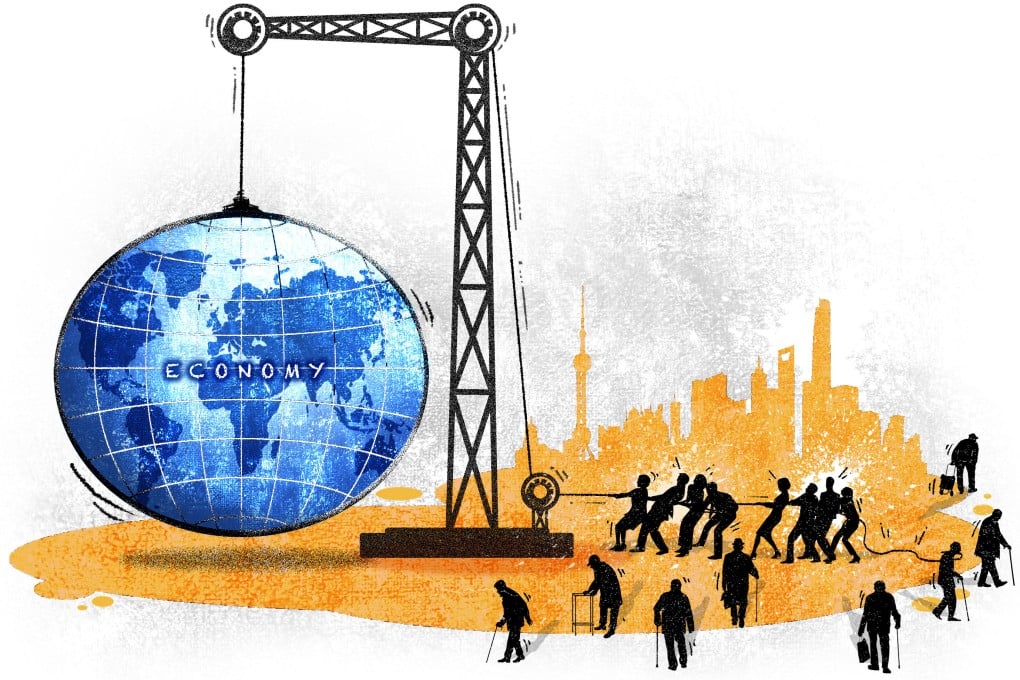Advertisement
China’s shrinking working-age population to send ripples through global economy
- UN says number of Chinese aged between 15 and 64 will fall by more than 60 per cent this century
- India set to overtake China as world’s most populous country next year and age much more slowly
Reading Time:5 minutes
Why you can trust SCMP
30

Jane Caiin Beijing
Disruptions to global supply chains caused by coronavirus lockdowns in China may be a short-term problem, but another challenge that will last for decades is emerging.
As Chinese workers fled a Covid-19 lockdown at the world’s biggest iPhone factory in Zhengzhou, Henan province, in the past two months, Apple warned shoppers around the world to expect delays in receiving its products.
Foxconn, the main assembler of iPhones, closed off the factory to the outside world as coronavirus cases spiked, confining roughly 200,000 employees inside its grounds. Many workers evaded the lockdown and fled to their hometowns.
But economists say such production disruptions could be a mere blip when compared to the impending effects of the decline in China’s working-age population, a trend projected to last for decades or longer that will change the global economic landscape forever.
China’s working-age population, defined as those aged between 15 and 64, declined from the peak of 997 million in 2014 to 986 million last year. According to projections released by the United Nations in July, it will start declining rapidly in the 2030s and shrink by more than 60 per cent to 378 million by the end of the century.
As a result of low fertility rates and increased longevity, populations in many developed countries are both ageing and declining, and China is not alone in experiencing these profound demographic trends.
Advertisement
